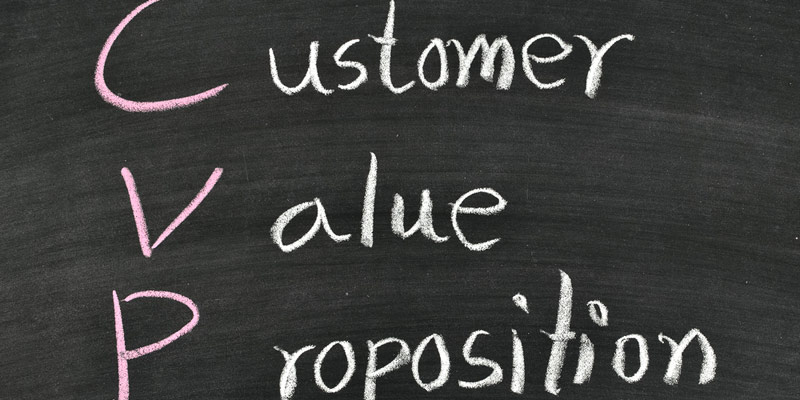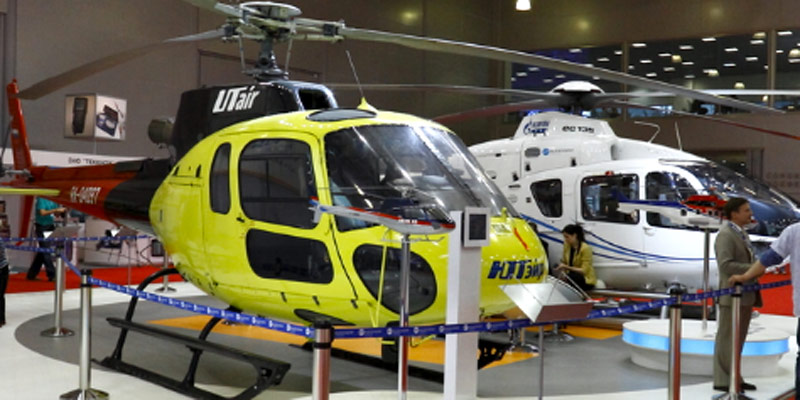Month: August 2013
Critiquing An Aerospace Advertisement: AugustaWestland
 Dear AgustaWestland,
Dear AgustaWestland,
Nothing about this ad makes sense to me, so I am assuming it was designed by a committee. Most likely it was a last-minute endeavor, and perhaps this was the only thing everyone could agree on, but your customers and employees deserve better. Your helicopters deserve better. And your brand deserves better. Heck, even the koala bear deserves better.
The most effective ads are simple, but layered with meaning. They don’t have to be literal. But they do need to artfully combine words and images to connect and communicate with readers, and they must tell a story that your audience cares about. Great ads are often deceptive in their simplicity, because they appear to have been created effortlessly. They trick you into believing anyone can do it. So you start out with a lofty vision and a great idea, then somehow end up with a bear, a helicopter and a cockpit.
Marrying the right idea with the proper imagery, inspired copy, and flawless execution isn’t easy.
I don’t mean to pick on the nice people at AgustaWestland — I have friends there. No one knocks it out of the park every time. But this particular ad, quite honestly, is more than I can bear.
Over to you, folks. Am I off base here?
Nostalgia Marketing. It Works.
 There’s a new trend in marketing that has companies looking to the past to make an emotional connection with their customers. And according to a recent article in Adweek, it’s working for brands ranging from Jack Daniel’s to Lego. Connecting with the past, it seems, pays big dividends in the here and now.
There’s a new trend in marketing that has companies looking to the past to make an emotional connection with their customers. And according to a recent article in Adweek, it’s working for brands ranging from Jack Daniel’s to Lego. Connecting with the past, it seems, pays big dividends in the here and now.
Making an emotional connection with your audience isn’t easy, but it’s incredibly effective. Consider how an old song can make you feel. “Lights” by Journey will forever remind me of a summertime slow dance with my first crush. For better or worse, music takes us back to another place and time. I also have a soft spot for manual typewriters, Chevrolet Camaros, and Bit-O-Honey candy.
It’s human nature to view the past through rose-colored glasses, and this works to the marketer’s advantage. Your first car may have been dad’s beat up hand-me-down, but thinking about it now evokes happy memories of life as a carefree teenager.
This sentimental yearning for the happiness of a former place or time is powerful stuff, aerospace marketers. Imagine if you could tap into the emotional experiences your customers associate with their early flying days. What might making that connection mean to your brand?
Targeting your audience with pinpoint accuracy is critical to nostalgia marketing success. Clearly, the things that resonate with a 30-year-old pilot will be very different from what works for a 55-year-old. Skillful and authentic execution is equally important. If you inadvertently taint a cherished memory, your customers will make you regret ever taking a trip down memory lane.
This Adweek article has multiple case studies that are inspiring and informative. Good stuff: www.adweek.com/news/advertising-branding/seven-brands-are-winning-nostalgia-149174
How To Write A Stronger Value Proposition
 I opened an excellent business aviation magazine this morning to an OEM ad touting the company’s “Fifty Years of Passion.” A few pages later I came across another full-page ad explaining, “Excellence Defines Our Company. Passion Makes It Fly.” Yawn. The ads are boring and probably ineffective because they lack a clear and compelling value proposition. Passion is not a value proposition. It’s great that anyone is passionate about their own products and services, but do any of us really care? I’m a lot more interested in specific outcomes and benefits. How will I benefit from using your product or service? Will it help me win new customers or improve profits? If so, I may want to know more, but only if you can grab my attention and show how you are really different and better.
I opened an excellent business aviation magazine this morning to an OEM ad touting the company’s “Fifty Years of Passion.” A few pages later I came across another full-page ad explaining, “Excellence Defines Our Company. Passion Makes It Fly.” Yawn. The ads are boring and probably ineffective because they lack a clear and compelling value proposition. Passion is not a value proposition. It’s great that anyone is passionate about their own products and services, but do any of us really care? I’m a lot more interested in specific outcomes and benefits. How will I benefit from using your product or service? Will it help me win new customers or improve profits? If so, I may want to know more, but only if you can grab my attention and show how you are really different and better.
How many times have you seen the same messages about Innovative Solutions or Commitment to Quality? It’s the ad copy equivalent of yadda, yadda, yadda. These one-size-fits-all statements lack specificity and credibility and fail to make the value proposition come alive. They are so generic they could apply to virtually anyone. Before you spend $10,000 or more to place an ad, consider these questions. Is it specific and credible in its claims or promises? Does it clearly appeal to the key factors that drive your customer’s decision making? Does it make a compelling case for why a customer should do business with you and not your competition? Will it capture the hearts and minds of your audience? If you can’t honestly answer yes to these four simple questions, your ad is not ready for prime time. Save your $10K, go back to the drawing board and make some marketing magic.
Airbus Rebrand: Will it Fly?
 Rebranding is risky business and more than a few well-intended efforts have ended badly. The JC Penney rebrand was an epic fail that could drive the retailer into bankruptcy. A revamped Gap logo sparked a global uprising. And I’ve already blogged about American Airlines’ journey to become a “new American” by revamping its image.
Rebranding is risky business and more than a few well-intended efforts have ended badly. The JC Penney rebrand was an epic fail that could drive the retailer into bankruptcy. A revamped Gap logo sparked a global uprising. And I’ve already blogged about American Airlines’ journey to become a “new American” by revamping its image.
The most recent headline-grabbing change hits closer to home as EADS is renamed Airbus, and Eurocopter becomes Airbus Helicopters. The wisdom of this move is being hotly debated on news forums and online industry communities. At a high level, some folks acknowledge that Airbus is a successful brand with strong global equity. And we all know that the EADS name carried a lot of political baggage.
Drilling down, the military community seems to agree that nobody wants to take a bus to the fight.
And the helicopter people, well, they are mostly perplexed and pissed off. One blogger said killing the Eurocopter name is “ludicrous,” “silly” and a “PR disaster.” Another said it is “ridiculous to change the most successful global brand in helicopters.” I know from experience that any discussion of a name or logo change is an emotional minefield that turns rational people into raving lunatics. In this case, they may have a point. As one of my colleagues said, “if it ain’t broke, don’t fix it.”
In a well-intentioned effort to achieve unity and consistency in a rebranding, too many companies are inflexible and fail to account for the specific sensibilities and needs of niche markets. The Airbus shift may be a case of moving too far too fast. The prestige and power of the Eurocopter brand cannot be understated. The employees who have helped this company achieve industry prominence are personally invested in the brand, as are customers and helicopter enthusiasts worldwide.
Changing an iconic brand is like playing with fire. Let’s hope the fine folks at Eurocopter don’t get burned.




